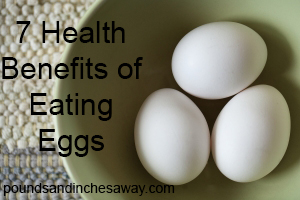Make No Bones About It!
 Years of shopping for “diet food” got me in the habit of buying lean chicken breast (the “good chicken”) instead of “fatty” dark meat (the “bad chicken”). Then laziness set in and I began buying only lean chicken breast that was also skinless AND boneless. It was more expensive but my conscience was eased since I was eating the “good chicken”.
Years of shopping for “diet food” got me in the habit of buying lean chicken breast (the “good chicken”) instead of “fatty” dark meat (the “bad chicken”). Then laziness set in and I began buying only lean chicken breast that was also skinless AND boneless. It was more expensive but my conscience was eased since I was eating the “good chicken”.
Now, this is fine when a person is on the Very Low Calorie Diet phase of Pounds and Inches Away Program since Dr. Simeons specified this type of meat when he said, “all visible fat must be carefully removed before cooking” (skinless), and “the chicken breast must be removed from the bird” (boneless) but what about maintenance and beyond?
Yes, skinless boneless chicken breast is low fat, easy to prepare and cooks very quickly, but…from what I’ve recently learned, bones and fat play a major role when cooking chicken and I very well may be missing out! The chicken skin acts like a glove, holding in the fat and juices of the meat while cooking. You may want to remove the skin before eating the meat since it is high in fat and has twice as many calories as the meat alone, but cooking chicken with the skin on makes for great flavor.
As far as white meat vs. dark meat, it is a fact that chicken thighs have double the amount of fat as chicken breast, but let’s put that into perspective. While there are 11 grams of fat in a 4-ounce chicken thigh, that is still the same or less than the amount of fat found in 4 ounces of beef, pork or lamb! Who would’ve guessed?
Now, for the best part of all, the bones! Bones are actually living tissue, an organ equal in nutrition to the liver, heart, pancreas, thymus, etc. Bones are filled with minerals, mainly calcium and phosphorus, but also sodium, magnesium and other trace minerals. If the connective tissue is still attached, the bones also contain glucosamine and chondroitin, favored joint supplements. When you cook chicken that is on the bone, all of these wonderful minerals and nutrients leech out into the broth making it some pretty healthy stuff. Use it to sauté vegetables, cook items that mimic flavor like tofu or shirataki noodles, or simply have a cup for a nourishing snack. Click here for a great chicken broth recipe.



